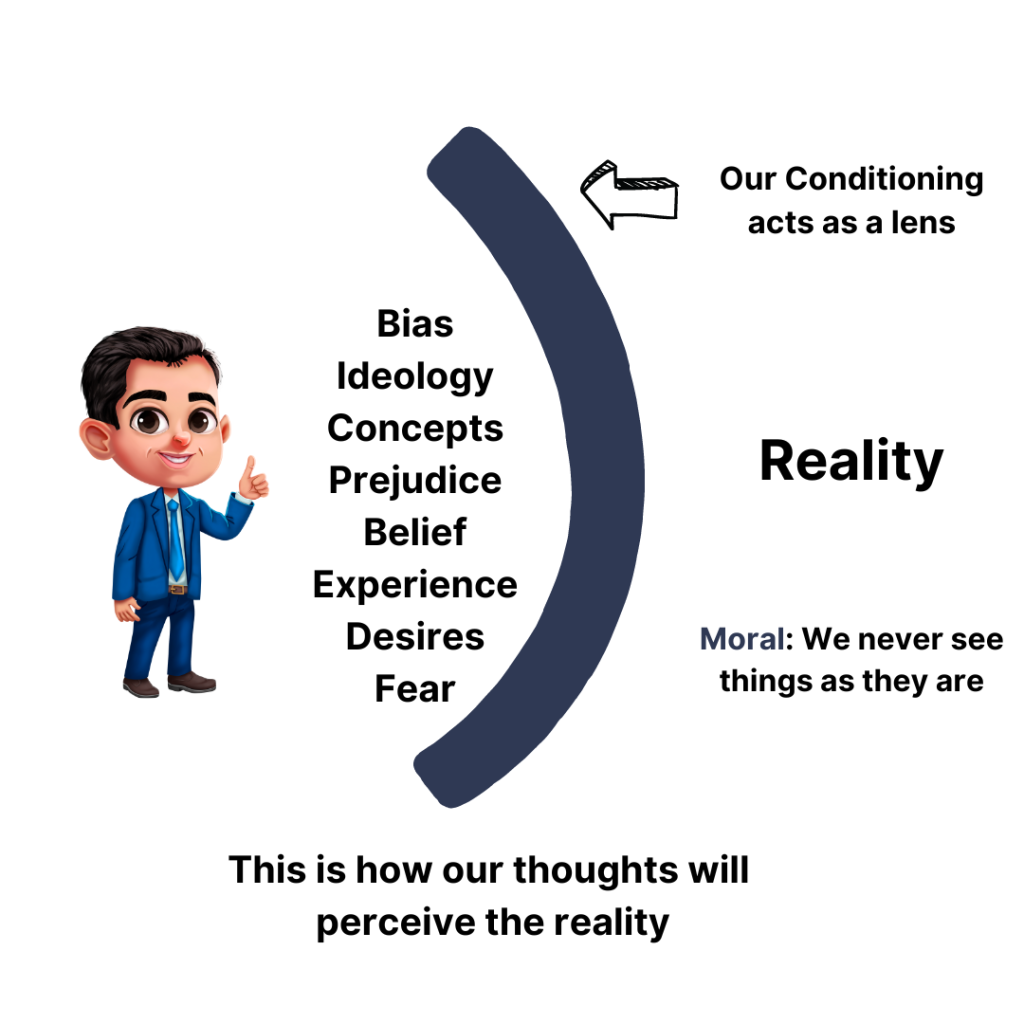To innovate a product for people, you need to understand their
1. Wants and Needs
Distinction between Wants and Needs:
Wants: Desires or preferences that are not essential for survival or basic well-being – “Nice to Have”
Needs: Necessities required for survival, physical health, and overall well-being – “Must Have”
Example of Wants in a Smartphone:
Advanced Features: High-resolution camera, powerful processor, ample storage capacity, and large display.
Sleek Design: Stylish and visually appealing design.
Long Battery Life: Battery should last all day on a single charge.
User-Friendly Interface: Easy to navigate and operate.
Example of Needs in a Smartphone:
Communication: Ability to make calls and send messages.
Internet Access: Web browsing and social media usage.
Reliability: Operates without frequent glitches or crashes.
Durability: Able to withstand daily wear and tear, including accidental drops.
Affordability: Reasonable price range.
2. Pain and Struggles
Distinction between Pain and Struggles:
Pain: Discomfort, distress, or negative sensations experienced temporarily or long-term.
Struggles: Challenges, difficulties, or obstacles that must be overcome to solve a problem.
Example of Customer Pain: Due to poor mattresses, customers experience various problems, including:
Back pain
Insomnia
Poor posture
Tossing and turning
Partner disturbance
Reduced productivity
Bad mood
Allergies
Increased stress
When Casper understood these customer pains, they shifted their sales approach from highlighting product features to showing how customers can achieve a good night’s sleep with a Casper mattress. They realized they weren’t just “selling mattresses,” but rather “selling sleep.”
Example of Customer Struggle:
When people want to create social media posts, their lack of knowledge in Adobe Photoshop often forces them to hire a designer. With the arrival of Canva, this struggle was eliminated. Canva realized they weren’t just a graphic design company but a virtual assistant, empowering customers to create their own designs.
3. Circumstances
Circumstances include wants, needs, pains, and struggles, but customers might use the same product in different situations. Sometimes they buy a product to meet a need, and other times, to satisfy a want.
For example, a corporate employee working for a Fortune 500 company may be instructed to fly “Emirates Business Class” for work-related travel (need). However, when taking a family vacation, they might prefer to fly with “Southwest Airlines” (want), as it aligns with a relaxed, vacation mindset.
To market a product to them, you need to understand their
Biases
Prejudices
Beliefs
These three shape an ideology that informs a person’s worldview. This worldview serves as a lens through which they perceive and interpret the complex world around them.
By understanding biases, prejudices, and beliefs, you can craft a compelling story that resonates with your audience.
To market your product, you need a compelling story.

When choices are presented to people, they usually make decisions based on the story they tell themselves.
This story (or narrative) is shaped by a combination of desires, circumstances, biases, prejudices, promises, beliefs, experiences, ideologies, and fears.
